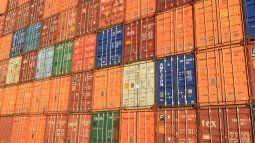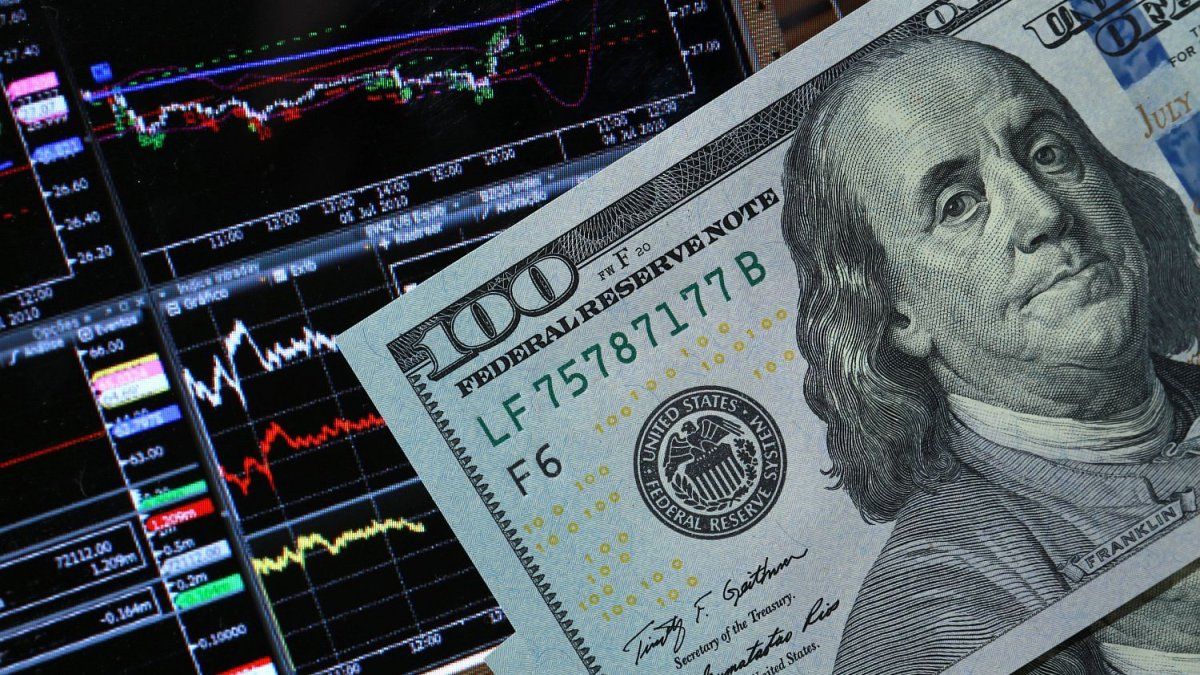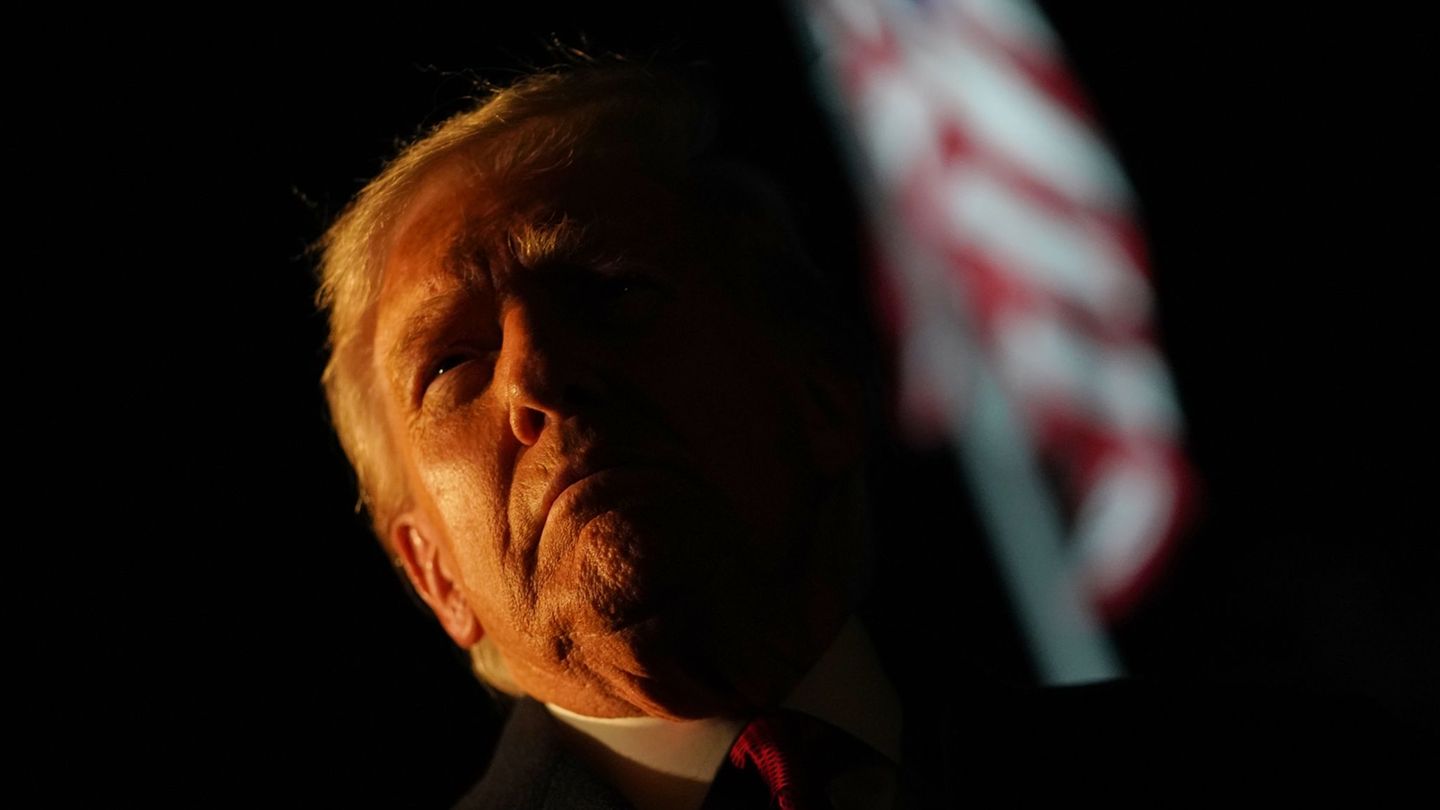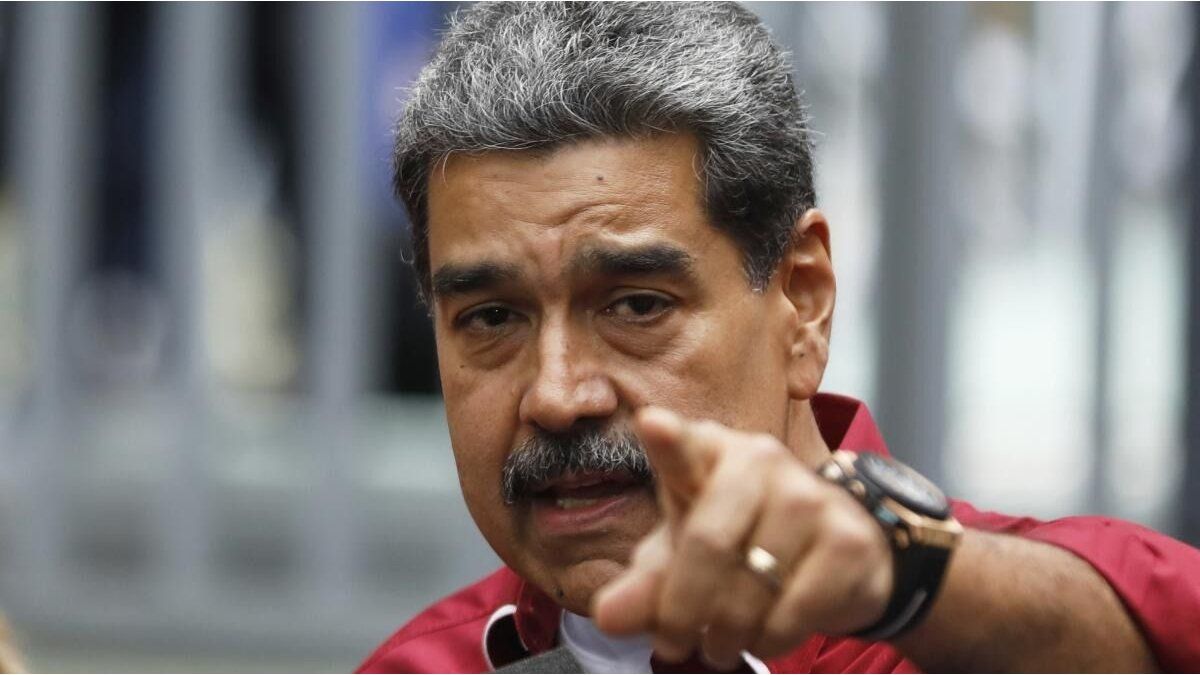While it is true that the market views favorably the bond payment that was made yesterday, there is concern about what will happen to the dollars held by non-resident bondholders and the impact on the BCRA’s reserves.
This Thursday, January 9, the Government paid the capital and interest maturities of the restructured debt in global bonds, foreign legislation and bonars for about US$4,351 million, of which US$2,822 million were for capital maturities and US$ s1,529 million, for interest. It is good news for the market because it ratifies the path of payment commitment by the ruling party, but it also has a negative side and that is that a large part of these funds will not stay in Argentina.
The content you want to access is exclusive to subscribers.
It is worth mentioning that The Argentine country risk comes with a downward trend and a milestone was the fact that it pierced 6,000 points a few days ago. Sergio Gonzáles, Head Asset Management at Cohen Aliados Financieros, points out that the drop in country risk is due, on the one hand, to seasonal issues because, “in January, there is usually a lot of demand for risk assets because fund portfolio managers start up again.” with its 12-month cycle.


But, on the other hand, he highlights that “the story told by the Government is positive in the eyes of the market and the fiscal adjustment is consolidated, just as the electoral profile is beginning to be consolidated and the news of the REPO was positive because they are international banks.” that rated the Central Bank (BCRA) with a ‘spread’ of 475 basis points, despite the fact that the country risk is above that level.
When will the Government return to the global debt market
“I believe that, with this path, the Government will take on debt again when it needs it to pay debt, because with a fiscal surplus it does not require it to pay current expenses. I believe that it will go into debt again towards the middle of the year or at the end of 2025 because they are two dates that coincide with new maturities of the dollarized debt,” says González.
At the moment, the country risk is around 570 points, the compression continued at the beginning of 2025 and Pedro Siaba Serrate, Head of Research & Strategy at Portfolio Personal Inversiones (PPI), agrees that the path is positive in the eyes of the market, but maintains that this “responds, in part, to the coupon reinvestment hypothesis“.
Explains that it must be taken into account that holders of the titles will be made between this January 9 and next week (because the global ones are canceled in the coming days due to the holiday in the US for mourning after the death of former president Jimmy Carter) of about US$4. 250 million. Almost all of that money will go to the private sector because the holdings of public securities that were in the hands of State agencies were liquidated.
The issue is that 52.5% will go into the hands of residents and it is expected that these funds will be reinvested in securities of the curve, but the remaining 47.5% belongs to non-residents and, in that case, it is less likely that everything is reinvested in coupons. Many analysts maintain that a large part of these funds will go in liquid dollars.
As bondholders withdraw dollars from their accounts, the impact will be felt on the BCRA’s reserves, which are already in negative territory for about US$6 billion.
However, Siaba Serrate anticipates that, given that the different comparable credit “spreads” remain low, he anticipates that “they can maintain interest and that a good part of these flows will be reinvested.” How these funds behave will be key to the future dynamics of bonds.
Source: Ambito
David William is a talented author who has made a name for himself in the world of writing. He is a professional author who writes on a wide range of topics, from general interest to opinion news. David is currently working as a writer at 24 hours worlds where he brings his unique perspective and in-depth research to his articles, making them both informative and engaging.




